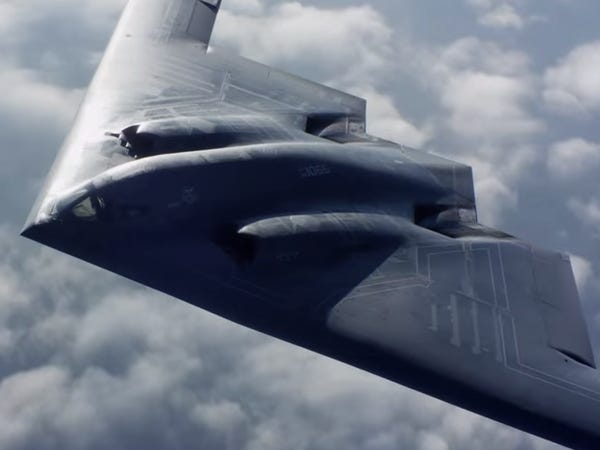Previously in this series, we’ve looked at how the U.S. spends the most on its military, while China may very well gain on it by developing technology more rapidly and inexpensively. This also explains the Chinese government’s penchant for industrial espionage, as it also lowers the cost of cutting-edge weapons.
Meanwhile, the world is finding out that Russia´s military gear is substandard, while America’s hand-me-downs hold up quite nicely. However, the U.S.´s new kit is very expensive. A U.S. MALE drone may be $40 million, while a Turkish Bayraktar TB2 is a proven high-impact weapon used in multiple theaters for $5 million. National militaries will probably look to selectively upgrade their equipment with high-impact weapons systems, such as missile defense, radar, cruise missiles, and drones to win the conflicts of the future. The U.S. risks being too slow and expensive to develop the right weapons in the years to come. Meanwhile, it can’t undermine China internally because its society is closed, while China could bully, cajole, and influence the U.S. through lobbyists, botnets, and much more.
U.S. Vulnerability
It may be much easier for many countries to get advanced weapons from countries other than the U.S., hurting exports and the overall cost of these weapons. The U.S., therefore, needs a more versatile way to adopt, create, and deploy new weapons than the current sclerotic, inefficient, expensive, and often corrupt system. It is now trying to graft flexible and digital manufacturing tools on its existing system. This may work, but I’d think that the U.S. should not rely on such a graft as a solution. Wearing a beret won’t make me creative, nor will wearing a white coat let me all of a sudden perform magical ¨Doctor Thinking.¨ A graft only works because it is mostly made up of the body’s own tissue, while foreign objects are often rejected.
The simple fact is that the top dog on this planet looks vulnerable politically and militarily. Politically not capable of propagating power and a unified direction, its treaties and promises are now bound to one term. Militarily, it looks like it builds sports cars in a world where five Ford F-150s would be cheaper and better than a single Ferrari.
As digital tools expand and advances in computing make solutions in navigation, tracking and vision more commonplace, the US´s expensively won advantages will ebb. And every technological generation it will spend more and more on new functionality. Every next challenge will be more expensive and every craft more costly, although, perhaps not as costly as the $2.13 billion unit cost of the B2 Spirit. This means that the Netherlands could afford six of these as their entire defense budget. This is more remarkable still because the Netherlands is the country with the 20th highest defense spending in the world.
Disruption
With a high cost structure, the U.S. needs to spend significantly more per bullet fired and per soldier per day than other countries. It will be slow to innovate, produce, and invent new things. All in all, the U.S. military looks ripe for disruption.
Of course, no one can defeat the U.S. militarily, but if you just don’t loose for ten years, the U.S. will leave of its own accord. You may not ever be able to win, but you could just focus on not losing. With long range missiles and drone swarms, you could keep the U.S. at bay, deny it a chance to take you down completely by being more flexible, and iterate your equipment more quickly.
If China is more flexible and develops more kit while being faster and spending less per item, it will gain on the U.S. Autonomous drones and long-range missiles, as well as hypersonics, could all radically change warfare as we know it. Drone swarms could act as area-deniability weapons at low cost. Eventually, bit by bit, China will obtain near parity with the U.S.. The U.S. will still be mightier, but not mighty enough to actually confront China. This means that, eventually, China will gain, inch by inch, through intelligence, propaganda, influencing other countries, and proxy conflicts. China will gain technologically through espionage, national innovation, and its economy and win asynchronously because it is able to go further on each dollar spent and risk more in making gains. Just like incumbent firms, the U.S. will therefore find itself slowly crumbling unable to reinforce its erstwhile dominance. It will take a long time but it will be inevitable.
